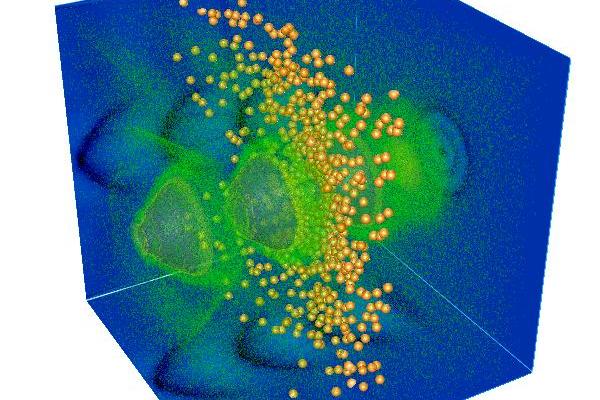
March 24 (UPI) — Researchers in Scotland have figured out what happens to laser energy when a beam is fired into plasma.
Plasma is the most abundant form of matter in the universe. When it is fully ionized, and the positive and negative charged particles separate, plasma can host powerful electronic and magnetic fields.
Researchers can create plasma particle separation by hitting it with a laser pulse. The pulse displaces electrons, leaving ions isolated, which then exert an attractive force on the displaced electrons. The pulse then creates a wake of oscillating electrons.
The electric phenomenon creates a particle accelerator. Because the wake moves close to the speed of light, it allows charged particles to be accelerated across short distances at high energies.
Until now, scientists hadn’t investigated what happens to the entirety of the energy supplied by the laser pulse.
“An interesting conundrum that has not been considered before is the question of where laser energy goes after being deposited in plasma,” Dino Jaroszynski, a professor of physics at the University of Strathclyde, said in a news release. “We know where some of this energy goes because of the presence of high-energy electrons emitted in a narrow, forward directed beam.”
Analysis by Jaroszynski and his colleagues revealed the presence of two other beams, one of which moves in a backwards direction.
“My research group has shown that the wakefield accelerator produces three beams, two of which are low energy and high charge, and the third, high energy and low charge,” Jaroszynski said.
Researchers hope their findings — detailed in the journal Scientific Reports — will help scientists improve the efficiency and application potential of wakefield accelerators.
“These beams can provide a useful high flux of electrons or bremsstrahlung photons over a large area, which can be used for imaging applications, or for investigating radiation damage in materials,” said Enrico Brunetti, a physicist and research fellow at Strathclyde. “If not properly dumped, they can, however, have undesirable side-effects, such as causing damage to equipment placed close to the accelerator.”






